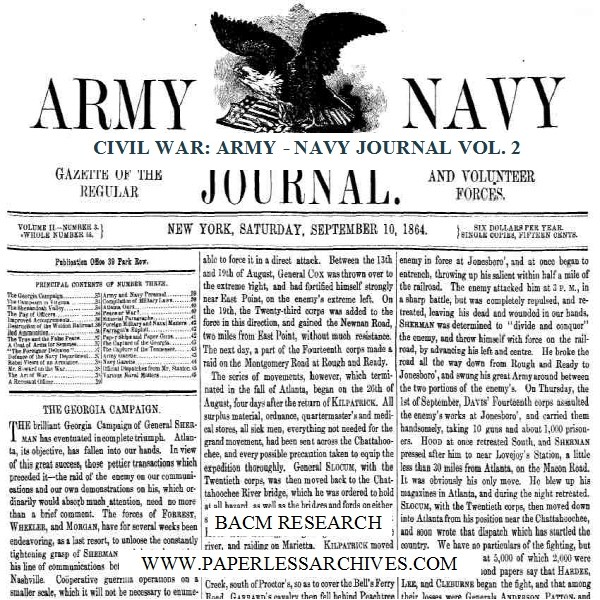
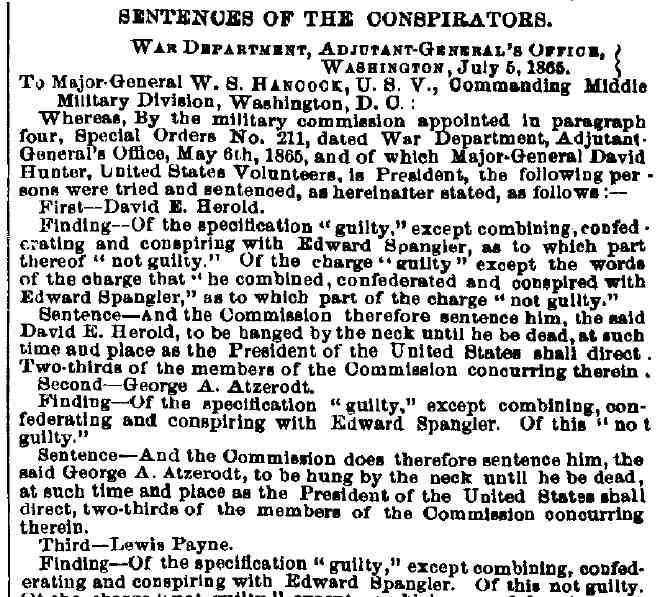
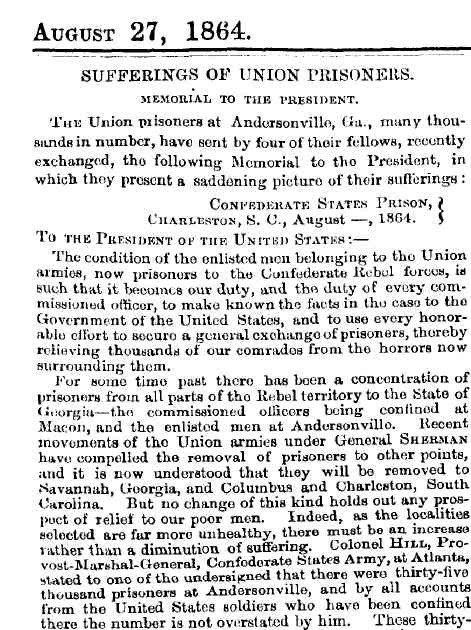
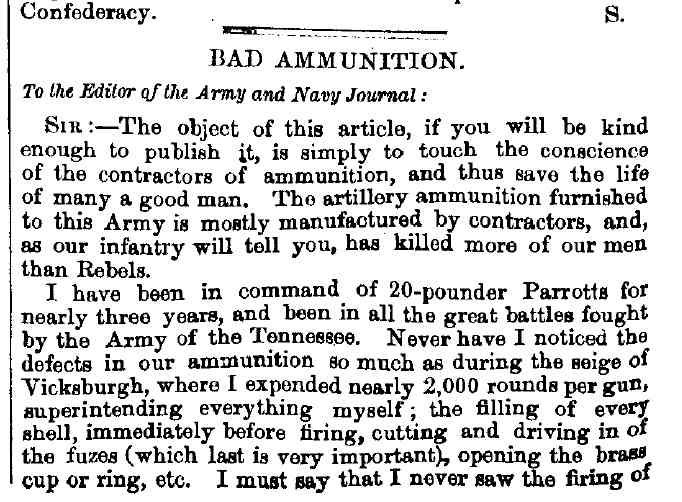
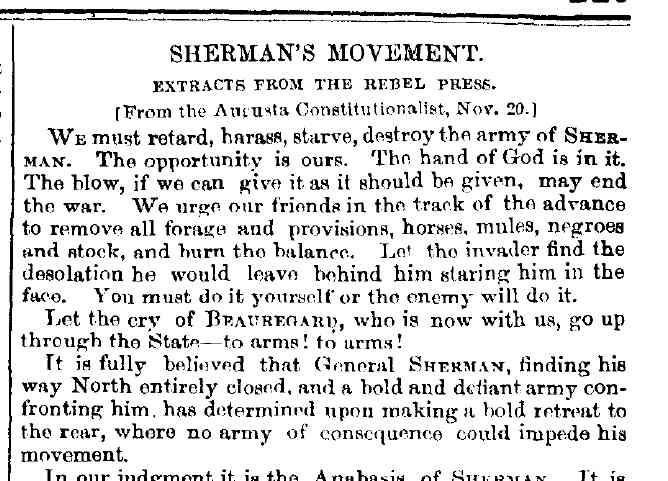
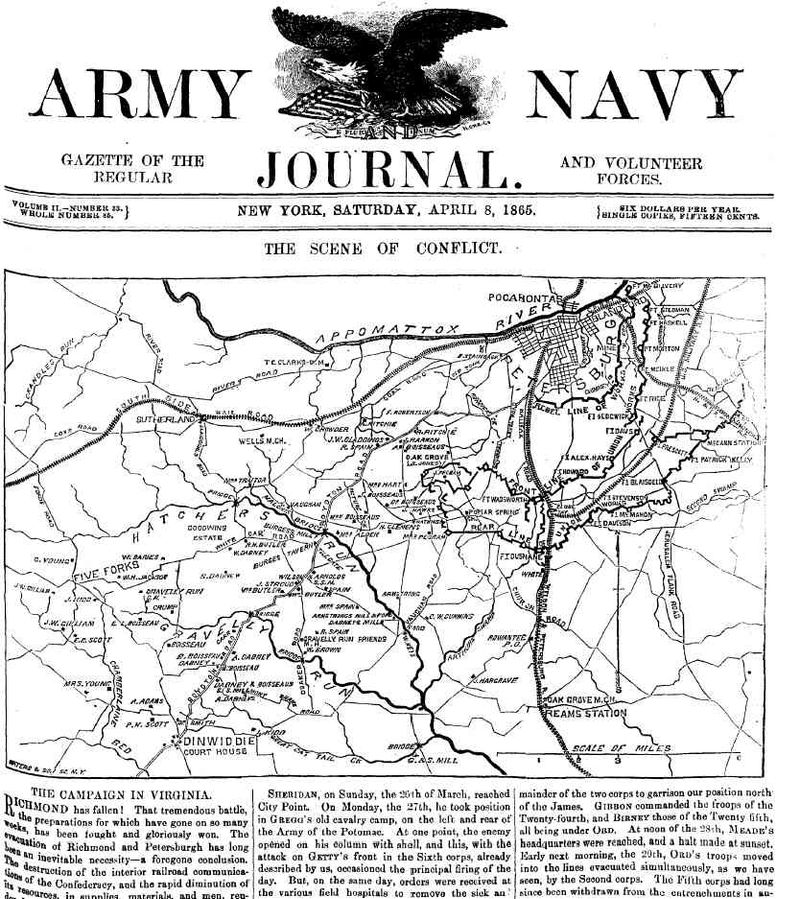
Description
The Collapse of the Confederacy
Timeline of Main Events (August 1864 – June 1865)
- August 1864:Democrats nominate George B. McClellan for President, challenging incumbent Abraham Lincoln.
- September 1864:General William T. Sherman captures Atlanta, Georgia, after forcing out John Bell Hood’s Confederate army.
- October 1864:Union forces secure victory at Cedar Creek, effectively ending the Confederate presence in the Shenandoah Valley.
- November 1864:Abraham Lincoln is re-elected President, with Andrew Johnson as Vice President.
- Sherman begins his “march to the sea” after destroying Atlanta’s infrastructure.
- December 1864:General George Henry Thomas wins the Battle of Nashville, decisively defeating John Bell Hood’s army.
- Savannah falls to Sherman’s army without a fight, and Sherman offers the city to President Lincoln as a Christmas present.
- January 1865:The U.S. Congress passes the Thirteenth Amendment, which abolishes slavery when ratified.
- February 1865:Peace conference at Hampton Roads fails.
- Columbia, South Carolina is largely destroyed by fire, attributed to Sherman’s troops.
- March 1865:Lincoln is inaugurated for his second term.
- Robert E. Lee’s last offensive against Grant’s forces at Petersburg fails, leading to the Appomattox campaign.
- April 1865:Petersburg falls; the Confederate government evacuates Richmond.
- Confederate General A.P. Hill is killed in action.
- Union troops occupy Richmond. Lincoln visits the city and enters the former Confederate White House.
- Robert E. Lee surrenders to Ulysses S. Grant at Appomattox Court House.
- John Wilkes Booth shoots President Lincoln at Ford’s Theater, Lincoln dies, and Andrew Johnson becomes President.
- William H. Seward is stabbed and wounded in an assassination attempt.
- Joseph E. Johnston surrenders to William T. Sherman in North Carolina.
- John Wilkes Booth is killed in a tobacco barn.
- May 1865:Jefferson Davis is captured near Irwinville, Georgia.
- Surrender terms offered to General E. Kirby Smith in New Orleans.
- June 1865:E. Kirby Smith accepts surrender terms, formally ending Confederate resistance.
- Eight Lincoln assassination conspirators are convicted, and four are sentenced to death.
Cast of Characters
- Abraham Lincoln: Republican, Incumbent President of the United States. Re-elected for a second term in November 1864. Assassinated by John Wilkes Booth in April 1865.
- Andrew Johnson: Republican Vice President under Lincoln, who becomes President after Lincoln’s assassination.
- George B. McClellan: Democratic nominee for President in 1864. Former Union General. Lost to Lincoln in the election.
- William T. Sherman: Union General known for his capture of Atlanta and his “march to the sea.”
- John Bell Hood: Confederate General who commanded the Confederate Army of Tennessee, defeated at Nashville by Thomas.
- George Henry Thomas: Union General who decisively defeated John Bell Hood at the Battle of Nashville.
- Robert E. Lee: Confederate General, commander of the Army of Northern Virginia; surrendered to Grant at Appomattox Court House.
- Ulysses S. Grant: Union General, commander of the Union Army. Accepted Lee’s surrender at Appomattox.
- Ambrose Powell (A.P.) Hill: Confederate corps commander killed in action trying to rally his men near Petersburg.
- William H. Seward: Lincoln’s Secretary of State. Wounded in assassination attempt the night Lincoln was shot.
- John Wilkes Booth: Actor and Confederate sympathizer. Assassinated President Lincoln at Ford’s Theater.
- Joseph E. Johnston: Confederate General who surrendered to Sherman in North Carolina.
- Jefferson Davis: President of the Confederate States of America, captured in Georgia after the war.
- E. Kirby Smith: Confederate General in command of the Trans-Mississippi Department. Surrendered in June 1865, effectively ending the war.
- Alexander Stephens: Vice President of the Confederate States of America; participated in the failed Hampton Roads peace conference.
Civil War: Army Navy Journal & Gazette Volume 2
This is the second volume of the “United States Army and Navy Journal and Gazette of the Regular and Volunteer Forces,” containing 832 pages.
This publication, sometimes shortened to “Army and Navy Journal” or “Armed Forces Journal,” comprises 52 issues published between August 27, 1864, and August 19, 1865. At the time, it was the most prominent military periodical in the country.
For background on the creation of the Army and Navy Journal, refer to Civil War: Army Navy Journal & Gazette Volume 1, covering 1863-1864.
This particular volume details significant happenings of the Civil War during its publication period. Beyond these major events, the Army and Navy Journal also included reports on military trials, death notices, official communications from the War Department, personnel assignments, lists of soldiers absent without leave, international military news, opinion pieces, and commercial advertisements. The journal also reprinted articles from Confederate sources, such as newspapers like the Greensboro Journal, Richmond Dispatch, Richmond Enquirer, Richmond Sentinel, and Atlanta Constitutionist.
Important Civil War events that occurred during the period covered by these 52 issues of the Army and Navy Journal include:
In August 1864, the Democratic Party nominated George B. McClellan to challenge the Republican incumbent, Abraham Lincoln, in the presidential election.
In September 1864, General William T. Sherman’s Union forces seized Atlanta, Georgia, a crucial Southern supply hub, after pushing out the Confederate army led by John Bell Hood.
In October 1864, the Union’s triumph at Cedar Creek eliminated the Confederate threat in the Shenandoah Valley.
In November 1864, Abraham Lincoln secured a second term as President, with Andrew Johnson as his Vice President, defeating George B. McClellan. After demolishing Atlanta’s storage and transportation infrastructure, Sherman began his “march to the sea,” intending to weaken Southern morale and accelerate their surrender. In December of 1864, General George Henry Thomas commanded 55,000 Union soldiers, including Black troops, to a decisive victory at the Battle of Nashville, crushing John Bell Hood’s 23,000-strong Confederate Army of Tennessee. Around the same time, Savannah was captured by Sherman’s forces without any fighting, and Sherman telegraphed President Lincoln, offering the city as a gift for Christmas.
The following January, the U.S. Congress approved the Thirteenth Amendment to the Constitution, which would eliminate slavery across the entire nation once ratified.
In February 1865, President Lincoln and Confederate Vice President Alexander Stephens met in Virginia for peace talks at Hampton Roads, but they were unsuccessful, and the war continued. During this period, Columbia, South Carolina, was largely destroyed by a fire, which was likely started by Sherman’s soldiers.
March of 1865 saw Lincoln’s second inauguration as President. General Robert E. Lee launched a final offensive against Grant’s troops at Petersburg, but it failed, marking the end of Lee’s offensive actions in the war. Grant then began the Appomattox campaign, focusing his efforts on Lee’s defenses at Petersburg, Virginia.
In April 1865, Petersburg was captured, and the Confederate government abandoned Richmond, their capital. Confederate commander Ambrose Powell Hill was killed while attempting to regroup his soldiers. Union forces took control of Richmond, and President Lincoln visited the city, even entering the former Confederate White House. Robert E. Lee surrendered his Army of Northern Virginia to General Ulysses S. Grant at Appomattox Court House. John Wilkes Booth shot President Lincoln at Ford’s Theater, and Secretary of State William H. Seward was attacked and wounded in his home. Lincoln died from his wounds, and Andrew Johnson became the new President. Joseph E. Johnston surrendered to William T. Sherman in North Carolina, and John Wilkes Booth was killed in a tobacco barn in Virginia. In May of 1865, Jefferson Davis was apprehended and imprisoned close to Irwinville, Georgia. Around the same time, in New Orleans, General E. Kirby Smith, who led the Trans-Mississippi Department, received surrender conditions. His agreement to these terms on June 2nd marked the official end of the Confederate fight, a conflict that resulted in the deaths of 620,000 Americans.
In June of 1865, all eight individuals involved in the plot to kill President Lincoln were found guilty, and four of them were given the death penalty.
Related products
-


Vietnam War: CIA Chronology of the Conflict, 1940-1973 (1974)
$1.99 Add to Cart -


Vietnam War: Cryptology in North Vietnam – NSA Official History
$4.90 Add to Cart -
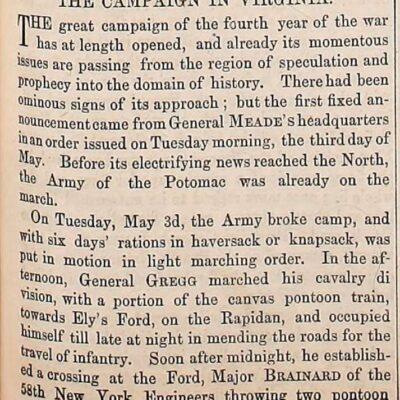
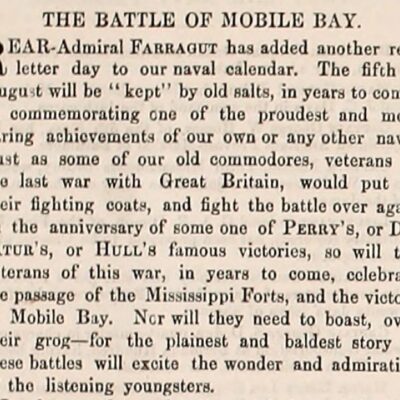
Civil War: Army Navy Journal & Gazette Volume 1 (1863 – 1864)
$19.50 Add to Cart -
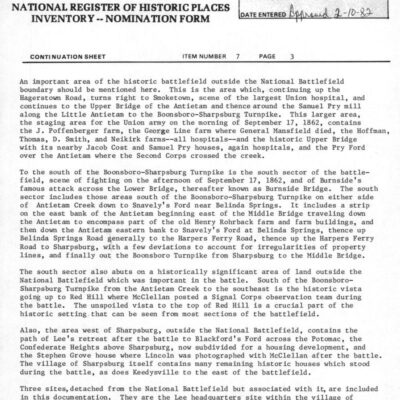

Civil War: Battle of Antietam (Sharpsburg) – National Park Service Archives
$9.99 Add to Cart